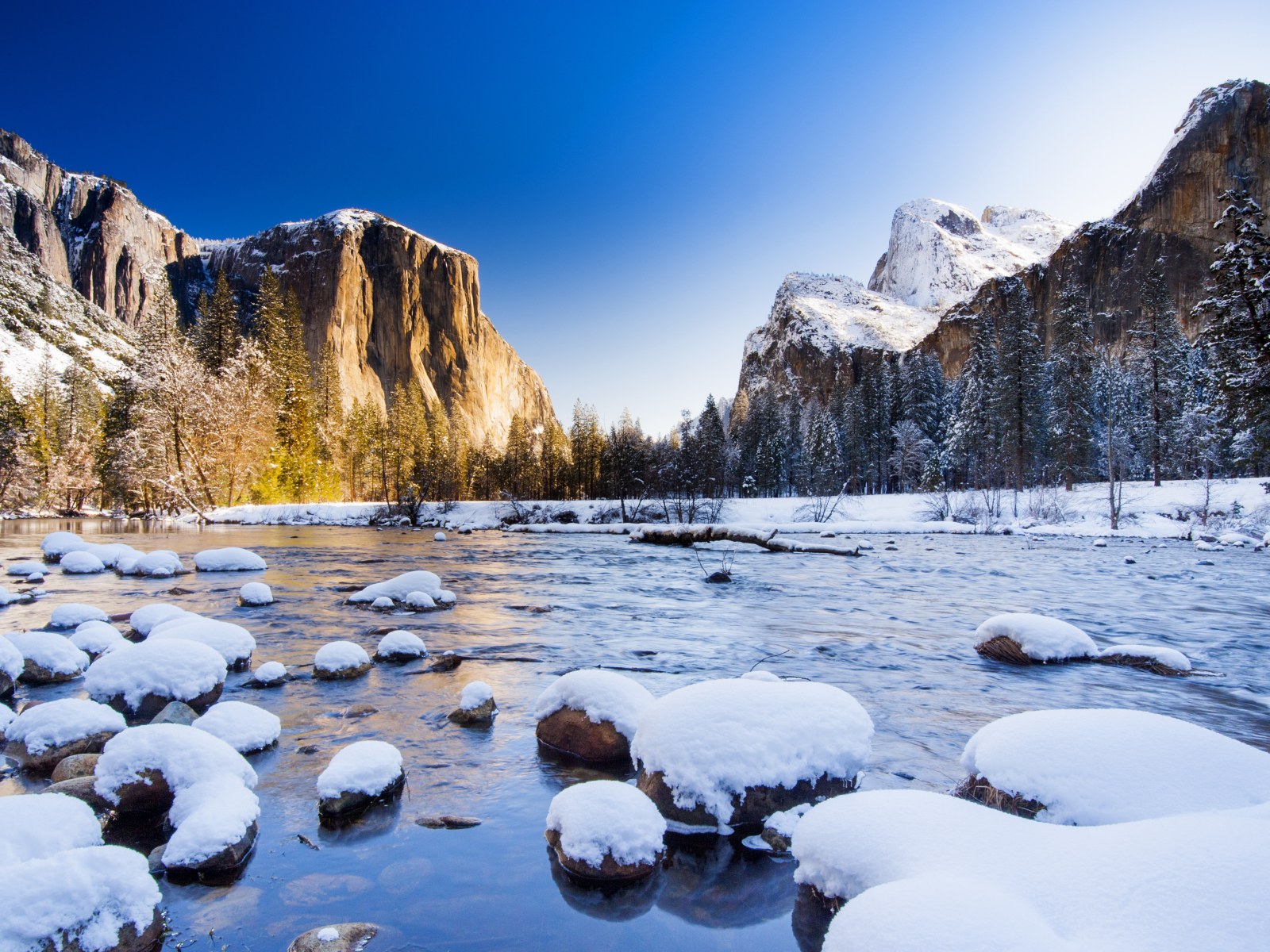Best Natural Attractions in Washington State: National Parks and Preserves
Washington State is a place with an amazing variety of natural landscapes. Located in the northwestern part of the United States, the state is surrounded by the Pacific Ocean to the west, Canada to the north, and the magnificent Cascade Mountains that stretch across the state. Washington’s natural wealth includes majestic mountains, pristine rivers, lakes and dense forests. These natural treasures make Washington an ideal destination for those who want to enjoy the splendor of wildlife and find harmony with the world around them. In this article, we will take a look at the best national parks and wildlife refuges in Washington State that attract tourists from all over the world.
Washington State has all conditions for a comfortable life and active recreation. Washington attracts many people not only for its economic opportunities and high standard of living, but also for its rich nature. Thanks to the diverse natural areas, residents can enjoy the beauty of the Pacific Coast, conquer the peaks of the Cascade Mountains, walk along numerous rivers and lakes, engage in outdoor activities such as camping, fishing and skiing. In addition, the state is known for its scenic landscapes that inspire creativity and promote peace and tranquility.
Washington State National Parks and Preserves
Mount Rainier National Park
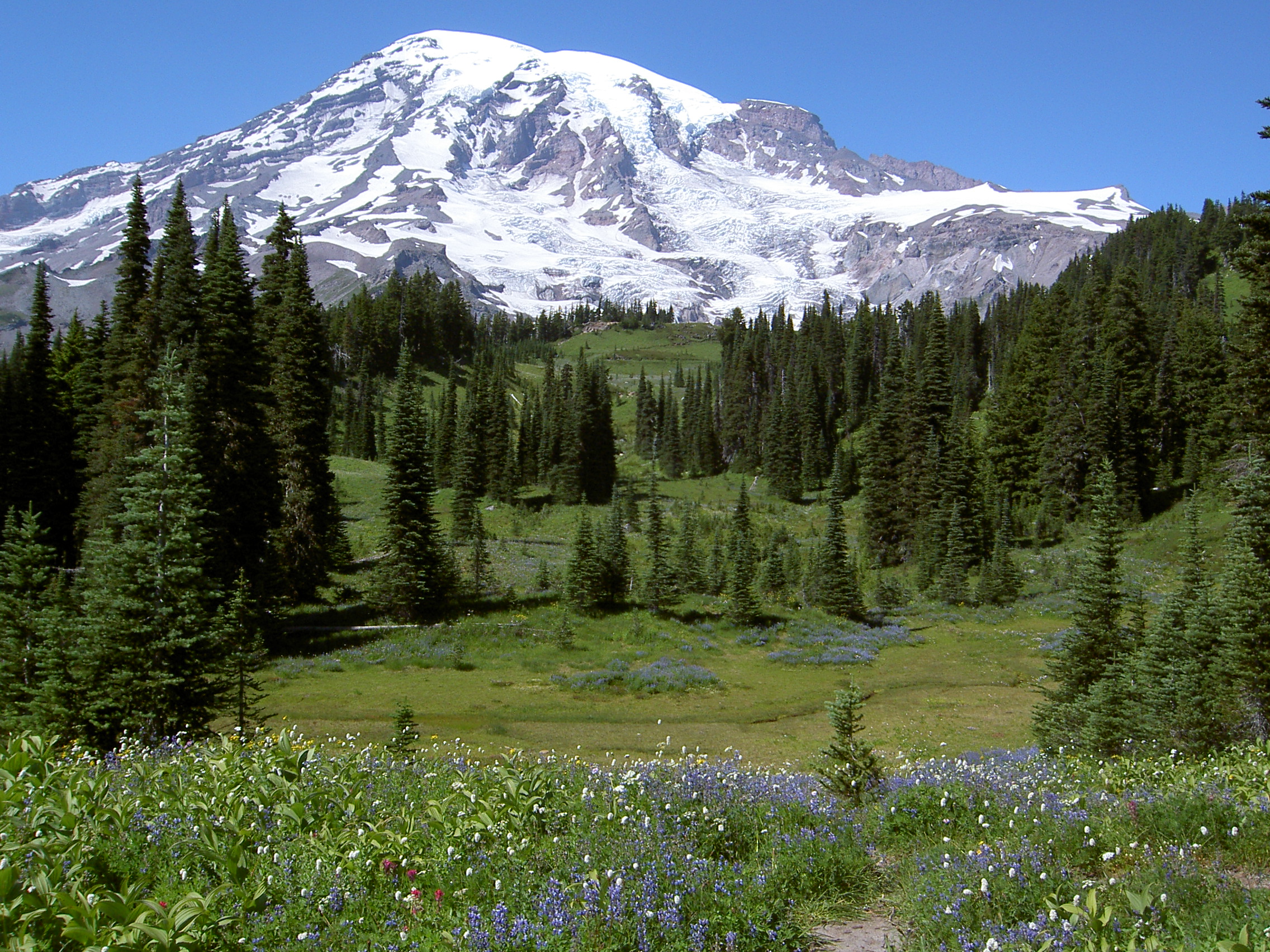
Mount Rainier National Park is the crown jewel of Washington State, offering unique opportunities for exploring nature, outdoor activities and enjoying magnificent scenery.
Where is it located: Mount Rainier National Park is located in the central part of the state, about 80 kilometers south of Seattle.
When created: The park was established in 1899 and is the fifth national park in the United States.
Description and attractions: In the center of the park rises the majestic Mount Rainier volcano, which is the highest point in the state (4392 meters).
Mount Rainier is a majestic stratovolcano covered by numerous glaciers, making it a prominent landmark for dozens of kilometers around.
The park is famous for its glaciers, alpine meadows and dense forests.
There are 26 major glaciers on the slopes of Mount Rainier, including Emmons and Carbon, which are the largest glaciers in the continental United States.
The park is famous for its flowering alpine meadows, such as Paradise and Sunrise, which are especially beautiful in the summer when hundreds of species of flowers bloom.
The lower areas of the park are dense coniferous forests, among which you can find many scenic waterfalls such as Narda Falls and Comet Falls.
Mount Rainier is home to a variety of plant and animal species. The park is home to species such as black bears, woodland caribou, bobcats, and red foxes. Birds include peregrine falcons, white-tailed eagles and spotted owls.
The plant world of the park is also rich and varied: rare species of flowering plants, mosses and lichens that decorate the alpine meadows and forests can be found here.
The park has more than 400 kilometers of hiking trails, numerous campgrounds and picnic areas, making it accessible to tourists.
Olympic National Park

Where is it located: The park is located on the Olympic Peninsula in the western part of the state.
When Created: Olympic became a national park in 1938.
Description and attractions: Olympic National Park is known for its diverse ecosystems. Subalpine meadows, dense rain forests, and wild Pacific Ocean beaches can all be found here.
Olympic National Park is known for its unique natural areas, each offering visitors its own amazing views and recreational opportunities.
- Mountain Peaks: The park includes the Olympic Mountains, the highest point of which is Mount Olympus, which reaches an elevation of 2,428 meters. These mountains are covered in glaciers and snow, creating spectacular views and conditions for mountaineering.
- Rainforests: The western part of the park is home to some of the few temperate rainforests in North America, such as the Hoh and Quinolt forests. These forests are known for their dense moss and lichens that cover the trees, as well as the abundance of rainfall that creates a unique ecosystem.
- Coastal Areas: The park includes over 100 kilometers of wild coastline that stretches along the Pacific Ocean. Here you can find sandy beaches, rocky bluffs and secluded coves that are ideal for walking and observing marine life.
Protected species of flora and fauna
Olympic is home to many rare and protected species of plants and animals. The park is home to species such as black bears, northern spotted owls, wapiti and bobcats. Sea otters, sea lions and a variety of seabirds can be seen along the coast.
The park’s plant life is also rich and diverse, with centuries-old spruce, fir and cedar trees, as well as many species of mosses and ferns that adorn the rain forests.
Olympik has many hiking trails, including the popular Hoh Rainforest Trail, campgrounds and camping areas, making it accessible to all nature lovers.
North Cascades National Park

Where is it located: The park is located in the northwestern part of the state, near the Canadian border.
When established: The park was founded in 1968.
Description and attractions: North Cascades National Park offers visitors stunning views and a variety of outdoor activities. Here are a few of the park’s key attractions:
- Mountain peaks and glaciers: The park is known for its sharp mountain peaks, many of which are covered by glaciers. There are more than 300 glaciers here, making it one of the most glaciated areas in the United States outside of Alaska. One of the most famous is the Boston Glacier, located on Mount Boston.
- Alpine Lakes: The park has many alpine lakes with crystal clear water such as Blake, Diablo and Ross. These lakes attract tourists for their beauty and opportunities for fishing, kayaking and boating.
- Forests and Meadows: The park includes extensive coniferous forests and alpine meadows, which are especially beautiful in spring and summer when many species of wildflowers bloom.
Protected species of flora and fauna
North Cascades National Park is home to a variety of plant and animal species. Species such as gray wolves, black bears, bobcats, cougars, and mountain goats live here. Birds include white-headed eagles, peregrine falcons and northern spotted owls.
The park’s plant life is also diverse, with centuries-old spruce, fir and cedar trees, as well as many species of ferns and flowering plants that decorate the forests and meadows.
The park has many trails for hiking, climbing and camping. The trails to Ross Lake and Shelan Glacier are especially popular.
Mount St. Helens Preserve

Where is it located: Mount St. Helens Preserve is located in the southwest part of the state, around Mount St. Helens Volcano.
When established: The preserve was established in 1982 after the volcano erupted in 1980.
Description and attractions: The reserve covers the area affected by Mount St. Helens volcano eruption. Here you can see nature’s recovery from the disaster and explore unique geologic forms. The reserve has hiking trails, viewing platforms, and information centers that make it accessible to visitors.
- Mount St. Helens Crater: The main attraction of the preserve is the crater of Mount St. Helens Volcano, which was formed by the 1980 eruption. The crater remains active, and periodic eruptions and steam emissions are common.
- Lava domes and lava fields: The eruption created extensive lava fields and lava domes, such as the Johnston Ridge Lava Dome, which can be seen in the Preserve. These geologic formations allow us to study the effects of volcanic activity.
- Resurgent ecosystems: After the 1980 eruption, nature began to recover and the reserve has become a unique laboratory for studying ecological processes. Meadows, forests and water bodies are gradually recovering, creating unique conditions for observing the processes of ecosystem recovery.
Protected species of flora and fauna
The Mount St. Helens Preserve is home to many species of plants and animals that have adapted to life in the volcanic environment.
- Animals: The preserve is home to species such as black bears, deer, coyotes, and bobcats. Many species of birds can also be found here, including peregrine falcons and mountain tits.
- Plants: The process of revegetation after the eruption is ongoing, and unique species of plants that first inhabited the lava fields and eruption zones can be seen here. These include various species of mosses, ferns and flowering plants.
Columbia River Ridge National Wildlife Refuge

Where is it located: Columbia River Ridge National Wildlife Refuge is located on the border of Washington and Oregon along the Columbia River.
When Established: The preserve was established in 1986 to protect the Gorge’s unique landscapes and ecosystems. The Gorge has a rich history, from its importance to Native American tribes to its role in the development of the region in the 19th and 20th centuries. The gorge is also an important historic route used by explorers Lewis and Clark during their expedition westward.
Description and attractions: The Columbia River Gorge Preserve is known for its majestic waterfalls, rocky cliffs, and diverse flora and fauna.
- Columbia River: The main feature of the reserve is the Columbia River, one of the largest rivers in North America. It cuts through the Gorge, creating stunning views and opportunities for water sports such as kayaking, windsurfing and fishing.
- Waterfalls: The Columbia River Gorge is home to many waterfalls, the most famous of which are Multnomah Falls, 189 meters high, and Latourell Falls. These waterfalls attract tourists with their beauty and power.
- Rocks and Cliffs: The gorge is surrounded by steep cliffs and precipices that create dramatic landscapes. Rock formations such as Rowena Crest offer spectacular views and climbing opportunities.
Protected species of flora and fauna
Columbia River Ridge Preserve is home to a variety of plant and animal species, many of which are protected.
Animals: The preserve is home to species such as black bears, coyotes, deer, and cougars. A large number of birds can also be found here, including white-headed eagles, peregrine falcons, and ospreys.
Plants: The plant life of the preserve is also diverse and includes coniferous forests, oak woodlands, and many species of flowering plants. In the spring and summer, there are fields of blooming wildflowers that adorn the slopes of the gorge.
The reserve has numerous trails, campgrounds and picnic areas, making it a great place for outdoor recreation.
Hoh Rainforest National Reserve
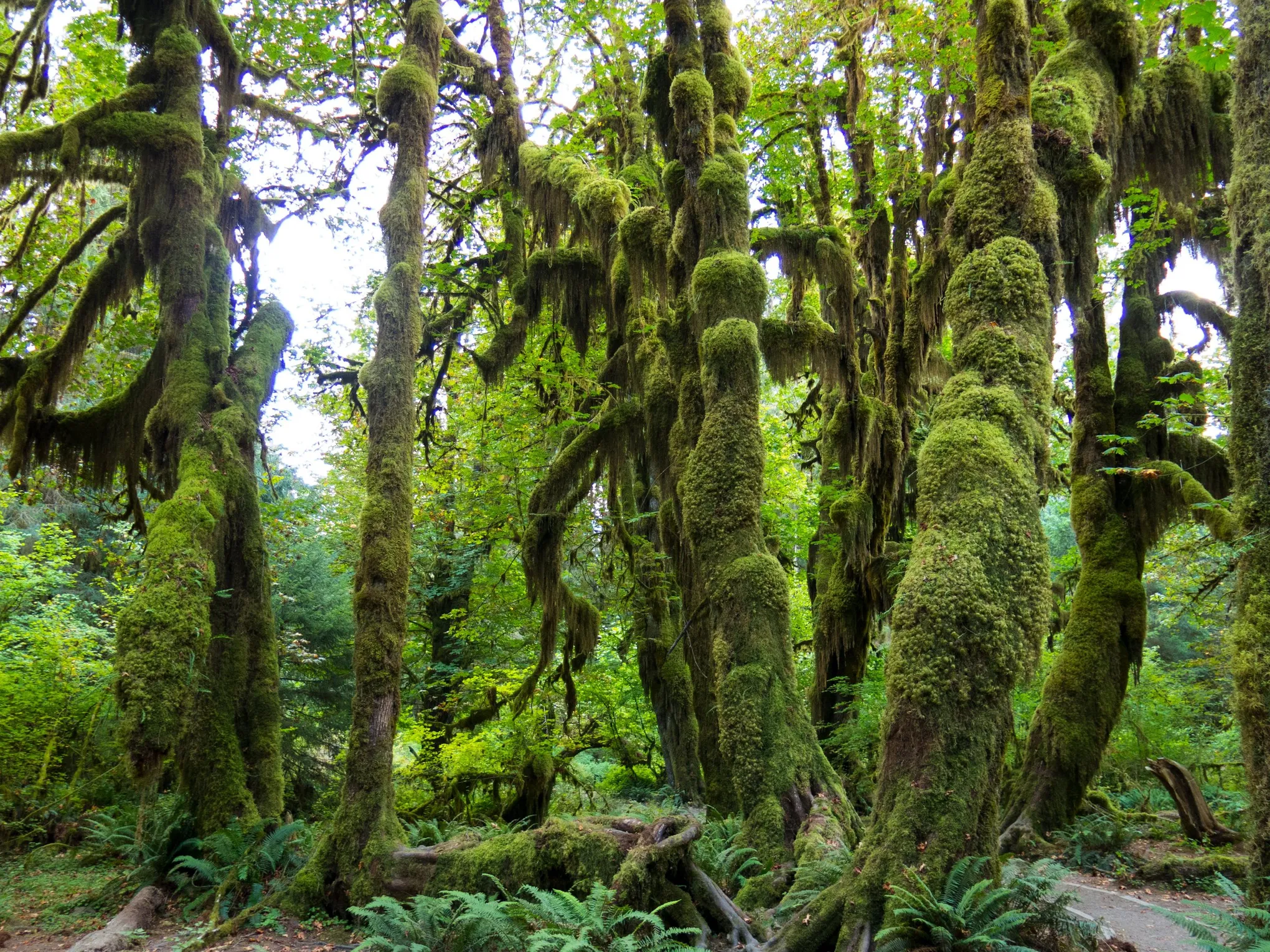
Where is it located: Hoh Rainforest National Reserve is located in the Olympic National Park, on the Olympic Peninsula.
When created: The reserve was incorporated into the Olympic National Park in 1938.
Description and attractions: Hoch Reinforest is one of the wettest places on earth, with an annual rainfall of more than 3 meters. Giant trees, mosses and ferns grow here, giving the impression of a fairytale forest. There are trails, campsites and picnic areas in the reserve.
Mount Baker-Snoqualmie National Wildlife Refuge

Where is it located: Mount Baker-Snoqualmie National Wildlife Refuge is located in the central part of the state, near Seattle.
When established: The reserve was founded in 1968.
Description and attractions: The Mount Baker-Snoqualmie Preserve is known for its mountain peaks, glaciers, and extensive forests. The preserve protects rare plant and animal species such as red wolves and gray bears. The reserve has hiking trails, campgrounds and picnic areas.
Okanogan-Wenatchee National Wildlife Refuge
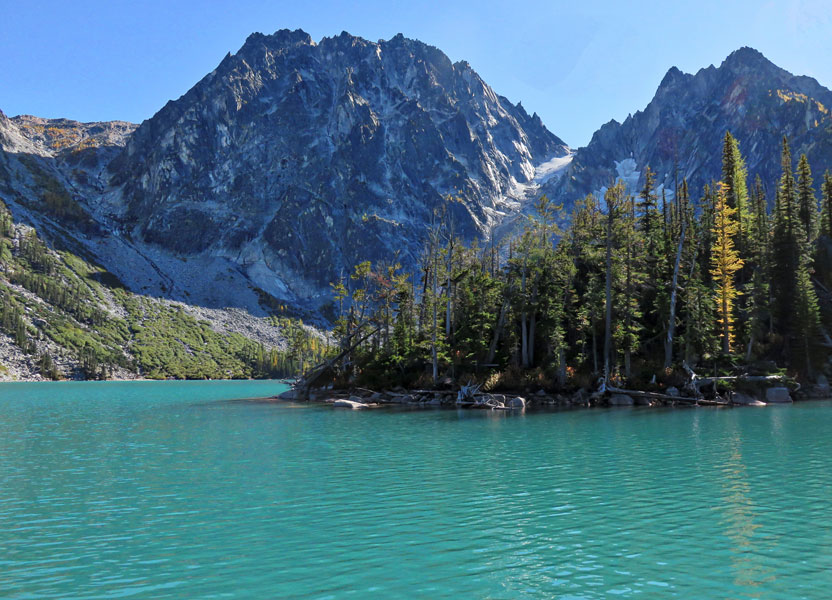
Where is it located: Okanogan-Wenatchee National Wildlife Refuge is located in the eastern part of the state, in the Cascade Mountains region.
When Established: The preserve was established in 1968.
Description and attractions: The Okanogan-Wenatchee Preserve is known for its mountain scenery, forests and lakes. It is home to many species of animals including bears, deer, and various birds. The preserve has hiking trails, campgrounds, and picnic areas, making it a popular destination for outdoor recreation.
Skykomish National Wildlife Refuge
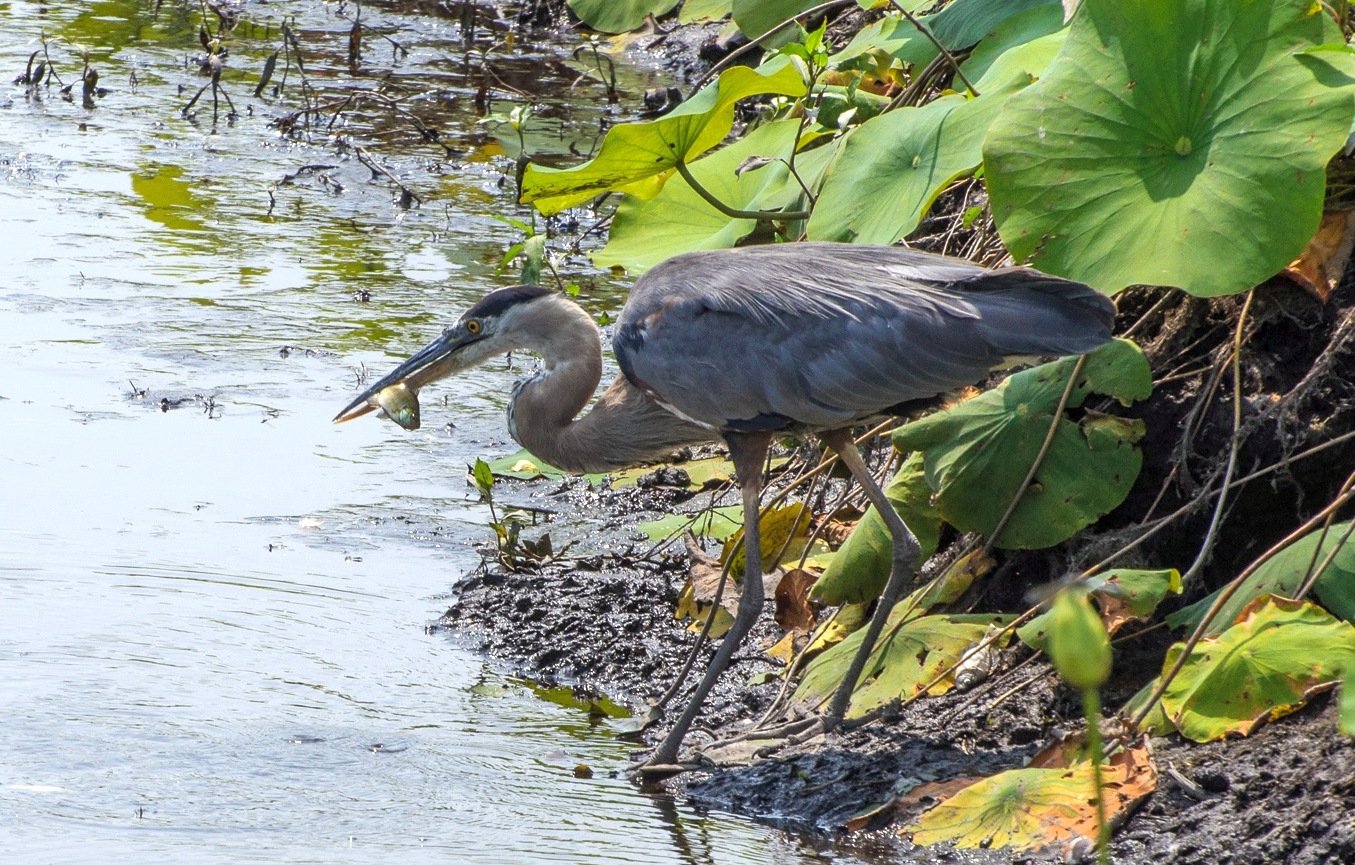
Where is it located: Skykomish National Wildlife Refuge is located on the Olympic Peninsula.
When established: The reserve was founded in 1968.
Description and attractions: The Skokomish Preserve is known for its dense forests and clear rivers. Rare species of plants and animals are protected here, including the spotted owl and lynx. The preserve offers hiking trails, campgrounds, and picnic areas.
John Wayne Pioneer National Wildlife Refuge
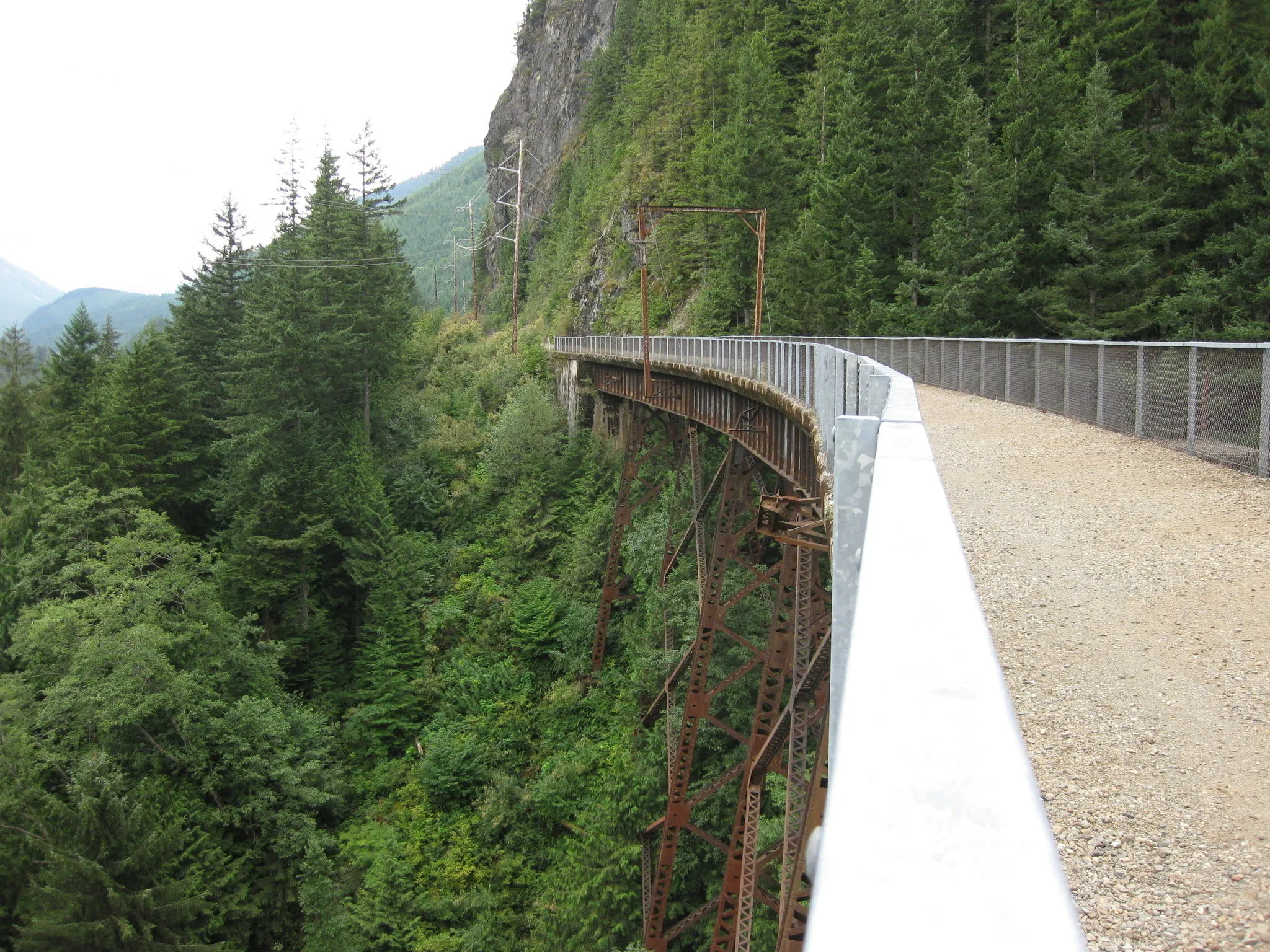
Where is it located: John Wayne Pioneer National Wildlife Refuge is located in the eastern part of the state, along an old railroad.
When Established: The preserve was established in 1985.
Description & Points of Interest: The John Wayne Pioneer Preserve follows the old railroad track and offers unique hiking and biking opportunities. Here you can see a variety of flora and fauna and enjoy historic sites. The preserve offers trails, campgrounds and picnic areas.
Accessibility for people
All national parks and preserves in Washington State are equipped with the necessary infrastructure for comfortable recreation. Each park has hiking trails, campgrounds, picnic areas, and information centers. Many parks offer guided tours and educational programs for children and adults, making them a great place for family fun and learning.
Conclusion
Washington State is a true paradise for nature lovers and outdoor enthusiasts. Its national parks and wildlife refuges offer unique opportunities to explore wildlife, enjoy gorgeous scenery and outdoor activities. Moving to Washington opens the door to a world of amazing natural wonders and new adventures.
Why is Washington State attractive for relocation?
- Nature and Ecology: Washington offers a unique natural environment that promotes a healthy and active lifestyle. Clean air, abundant greenery, and the availability of natural parks create an ideal living environment.
- Economic Opportunities: Washington State is one of the economically developed regions of the United States, home to companies such as Microsoft, Amazon, and Boeing. This offers great opportunities for career advancement and professional development.
- Culture and Education: The state is known for its top-notch educational and cultural institutions that provide a high standard of living and education for children and adults.
- Comfort and infrastructure: A well-developed transportation network, modern housing complexes and rich infrastructure make life in Washington comfortable and convenient.
If you are planning a move in Washington State, our moving company is ready to take care of all the worries related to transportation of your belongings. We will provide you with a reliable and comfortable move so that you can enjoy all the benefits of living in this amazing state.
Contact us in any way:
Telephone: (800) 881-1048
E-mail: estimate@absoluterelocationservices.com



